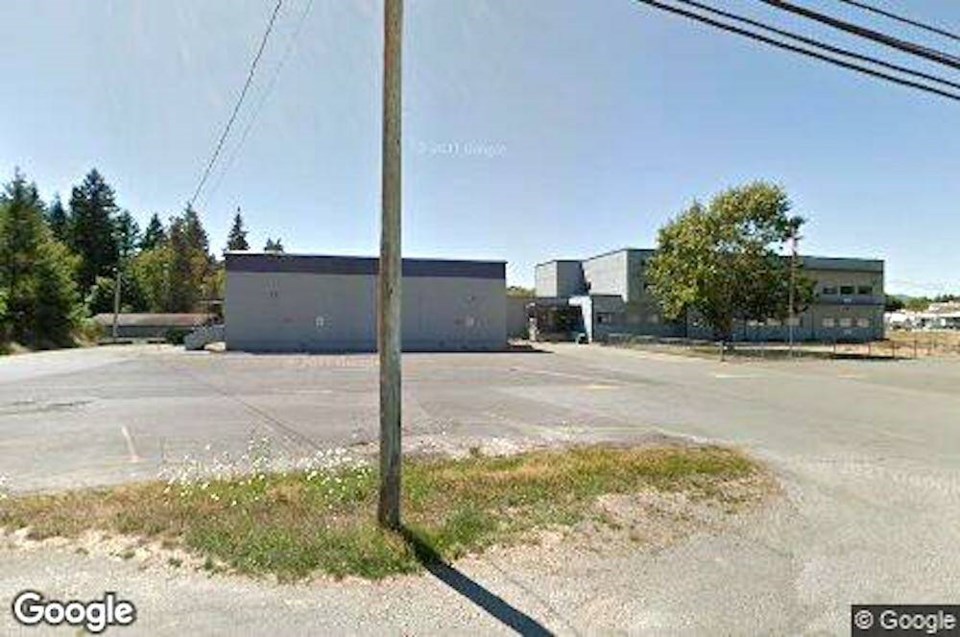The Hupacasath First Nation is taking ownership of the closed Gill Elementary School in Port Alberni, where it plans to carry out ground surveys and mapping for historic burial sites and artifacts.
Chief Councillor Brandy Lauder said in a news release that when the school was being expanded from a log cabin to a proper schoolhouse, remains of Hupacasath members were unearthed and returned to the nation for reburial on its current reserve lands. The release did not provide the date when the remains were found.
“Our members were clearly upset that our burial grounds were being disturbed, however, we were thankful that the remains were returned.”
The nation plans to conduct surveys and map any remaining artifacts and burials on the grounds and protect those areas, Lauder said.
Regaining the land is significant for the nation because it was part of its village for more than 6,000 years, Lauder said.
School District 70 Pacific Rim is selling the property on Beaver Creek Road to the First Nation in April. The parties had been in discussions about the site for several years.
Declining student numbers led to the closure of the school in 2015.
School District 70 board chairwoman Pam Craig said in the joint news release that the organization recognizes the spiritual and cultural significance of the land to the First Nation.
“This has been a long time coming and our board is excited and proud to be part of the historic shift of these important lands to the Hupacasath First Nation.”
The sale price was not revealed.
Judy Carlson, a volunteer at the Port Alberni Archives, said land for a school at the site was initially donated by a farmer called Edward Gill. The first school, built by the community, was a log cabin, and a teacher called Arthur Porter was paid $50 a month to conduct classes in the log building and at another school, splitting his week between them.
Shortly afterwards, the lob cabin was replaced with a framed building. In 1950, a two-storey building with a gymnasium opened, which is still standing, Carlson said.
It’s not yet clear what the First Nation’s plans are for the school building.



